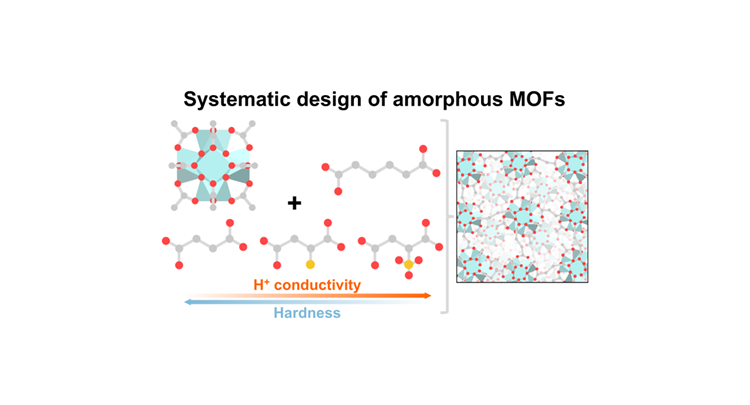Ameloot Group
Manipulating Porous Matter
Systematic design and functionalisation of amorphous zirconium metal–organic frameworks @Chemical Science
Systematic design and functionalisation of amorphous zirconium metal–organic frameworks @Chemical Science

Controlling the structure and functionality of crystalline metal–organic frameworks (MOFs) using molecular building units and post-synthetic functionalisation presents challenges when extending this approach to their amorphous counterparts (aMOFs). Here, we present a new bottom-up approach for synthesising a series of Zr-based aMOFs, which involves linking metal–organic clusters with specific ligands to regulate local connectivity. In addition, we overcome the limitations of post-synthetic modifications in amorphous systems, demonstrating that homogeneous functionalisation is achievable even without regular internal voids. By altering the acidity of the side group, length, and degree of connectivity of the linker, we could control the porosity, proton conductivity, and mechanical properties of the resulting aMOFs.
More information can be found here, or on our publication page.